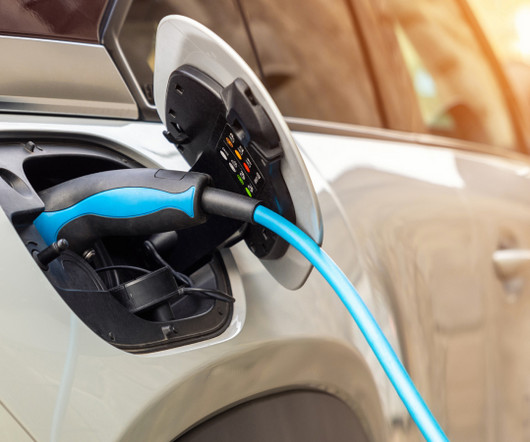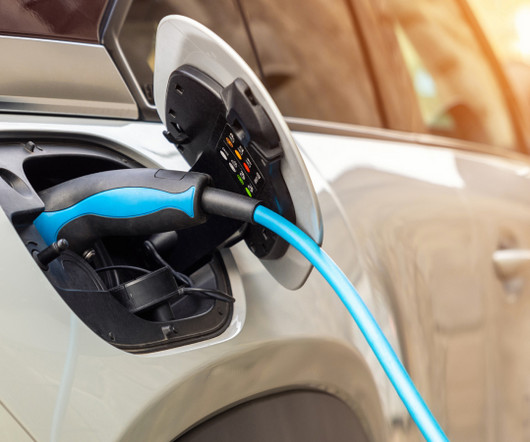100+ Supply Chain Crisis Statistics: Raw Materials, Covid-19, Labor Shortages, and More
ToolsGroup
APRIL 1, 2022
82% of people have concerns that the supply chain will ruin life plans, such as birthdays, vacations, holidays, and the purchasing of necessary items. 28% of global retailers have tried to find alternative sourcing options due to supply chain issues (RetailNext, 2020). Source: Consultancy.UK. Image source: Fortune.
















Let's personalize your content